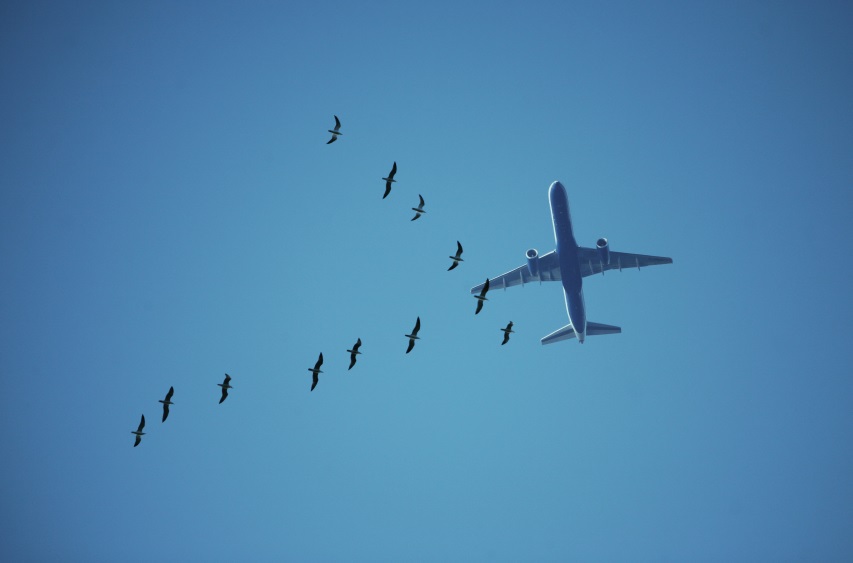Eight years ago, Chesley “Sully” Sullenberger performed an emergency water landing in the Hudson River on the outskirts of New York City after the plane was disabled for hitting a flock of geese.
This is why an analysis performed by the Associated Press determined that almost 70,000 birds have been killed in New York City’s three major airports, while it remains unclear if such way of proceeding has made commercial flights safer. Bird advocates call for a better long-term solution that does not require the killing of birds, such as employing better radar systems to detect flocks of migrating birds.

Is the presence of fewer birds equal to better flight safety?
Officials in charge of killing birds assure that their work has allowed airspace to be more secure, arguing that the last case was that of the “Miracle on the Hudson,” the landing staged by Sullenberger who managed to glide the non-operational aircraft and land it on the river, where all 155 people on board survived.
AP reports that aircraft flying over New York hit birds all the time, but not every case is rightfully reported. After the Miracle on the Hudson, these incidents were reported more frequently, although, events, where the plane resulted damaged, have been rare and mostly linked to larger bird species.
On Sullenberger’s case, U.S. Airways Flight 1549 departed LaGuardia Airport on January 15, 2009. As it took flight, it flew through a flock of large Canada geese. Sullenberger is now proclaimed as a national hero, while campaigns for slaughtering any nearby bird species that flew in flocks made themselves the norm.
The most commonly killed birds are seagulls, where AP estimates an amount of 28,000 dead birds. Then there would be 16,800 European starlings, 6,000 brown-headed cowbirds and somewhere around 4,500 mourning doves. For performing all of this, the U.S. Port Authority agreed with the Department of Agriculture enacting a $9.1 million plan to manage life around the airports to find the most humane way of reducing the possibilities of such an incident occurring again.
Although major incidents for hitting flocks of birds are not common, in 2009 a JetBlue flight hit a European starling that weighed less than 3 ounces. The impact destroyed one of the airplane’s taxi lights, although a similar incident with the same variety of bird occurred in 1960 when a collision in Boston resulted in 62 casualties.
Wildlife specialists argue that they are doing the best they can, but it is impossible to be certain about the effect that preventive slaughter provides, seeing that there is a lot of random chance involved.
Source: Associated Press
